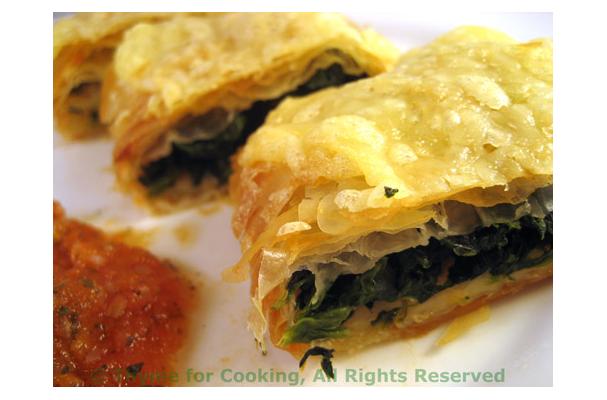Phyllo Dough
About
Thin sheets of dough popular in Middle Eastern and Greek dishes, such as baklava or spanakopita.
Information
Physical Description
Wafer-thin sheets. Phyllo dough is quite delicate and are torn easily.
Tasting Notes
Selecting and Buying
Fresh phyllo can be bought at many Greek and Middle Eastern market
Preparation and Use
Phyllo normally comes 25 or 50 sheets in a package, each sheet having been lightly sprinkled with corn flour to keep from sticking together.
The most important aspect of working with phyllo is to keep the unused sheets covered with a towel or film to prevent drying.
A typical method would be to remove one sheet, brush all over with melted butter or olive oil, then remove a second sheet, place on top and repeat.
Phyllo can be used to make apple or spinach strudel, samosas, to wrap and bake salmon, as a base for tarts, etc.
Conserving and Storing
Phyllo dough can be stored for up to six weeks in the fridge and six months in the freezer. Packaged phyllo has a tendency to dry out easily. Opened phyllo packs should be kept covered with wax paper.










